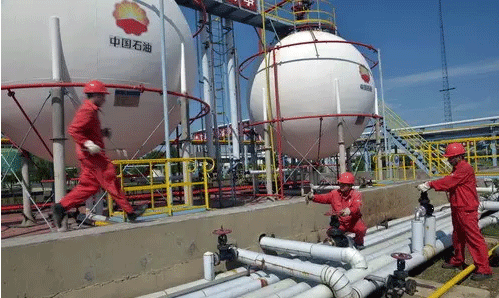- Home
- About us
- Products
- Static Grounding Devices
- Leakage Detector
- Overfill Protection Devices
- Overfill Protection & Grounding System
- Retractable Grounding Reel
- Surveillance Radar
- Magnetic Price Sign
- Density Meter
- Laser Methane Detector
- Mass Flow Meter
- Rotating Turbo Nozzle
- Fuel Dispensers
- Batch Controller
- Positive Displacement Meter
- Faqs
- News
- Certificate
- Contact us
2. It is strictly forbidden for operators to leave the scene when manually cutting water, cutting tanks, or loading and unloading vehicles in the oil and gas tank area.
publisherALPTEC
time2020/11/30

- 2. It is strictly forbidden for operators to leave the scene when manually cutting water, cutting tanks, or loading and unloading vehicles in the oil and gas tank area.
This article mainly stipulates the management requirements for manual water cutting, tank cutting, and loading and unloading operations in the storage tank area. Manual water cutting refers to manually opening the water cutting valve to release the water deposited at the bottom of the oil and gas storage tank; cutting the tank refers to switching the incoming and outgoing materials from one storage tank to another storage tank; the loading and unloading truck refers to loading the materials in the storage tank Cars or transport materials from transport vehicles to storage tanks.
Operations such as water cutting, tank cutting, and loading and unloading shall strictly abide by the safety operation standards, procedures and systems, and shall be carried out under the on-site command and full supervision of the guardians. If the monitoring is not in place, it is easy to cause oil and gas leakage and cause accidents.
Typical accident case: On October 22, 1988,
a liquefied petroleum gas explosion and combustion accident occurred in the
Xiaoliangshan spherical tank area of the refinery of Shanghai Gaoqiao
Petrochemical Company, causing 26 deaths and 15 burns. The main cause of the
accident was that when the operator opened the valve and cut the water on the
liquefied balloon tank, he did not operate according to the operating
procedures and did not monitor on the spot, causing the liquefied gas and water
to be discharged together, and the disposal was not timely, and the liquefied
gas deflagrated when it encountered an open flame. On July 16, 2015, the
liquefied balloon tank of Shandong Shida Science and Technology Petrochemical
Co., Ltd. caught fire and exploded. It was also caused by the leakage of
liquefied gas and the delay of disposal when the operators left the site during
the water cut operation in the tank farm.
